Queer Constellations: The Histories of Rural Gay Men
Criminal archives are the most common source of gay histories, as male homosexuality was illegal until 1967. Through searching assize records on Ancestry, and investigating court reports via the British Newspaper Archive, we identified rural occupations for some of the men placed on trial. By comparing these occupations to objects in our collection, we aim to show that these men were more than just a conviction. They were ordinary people living ordinary lives.
This online exhibition accompanies the play The Stars are Brighter Here, a production staged at The MERL between the 7th and 14th July, and a physical exhibition, Queer Constellations, on display in the museum’s Nook, exploring queerness in the countryside through objects and artworks.
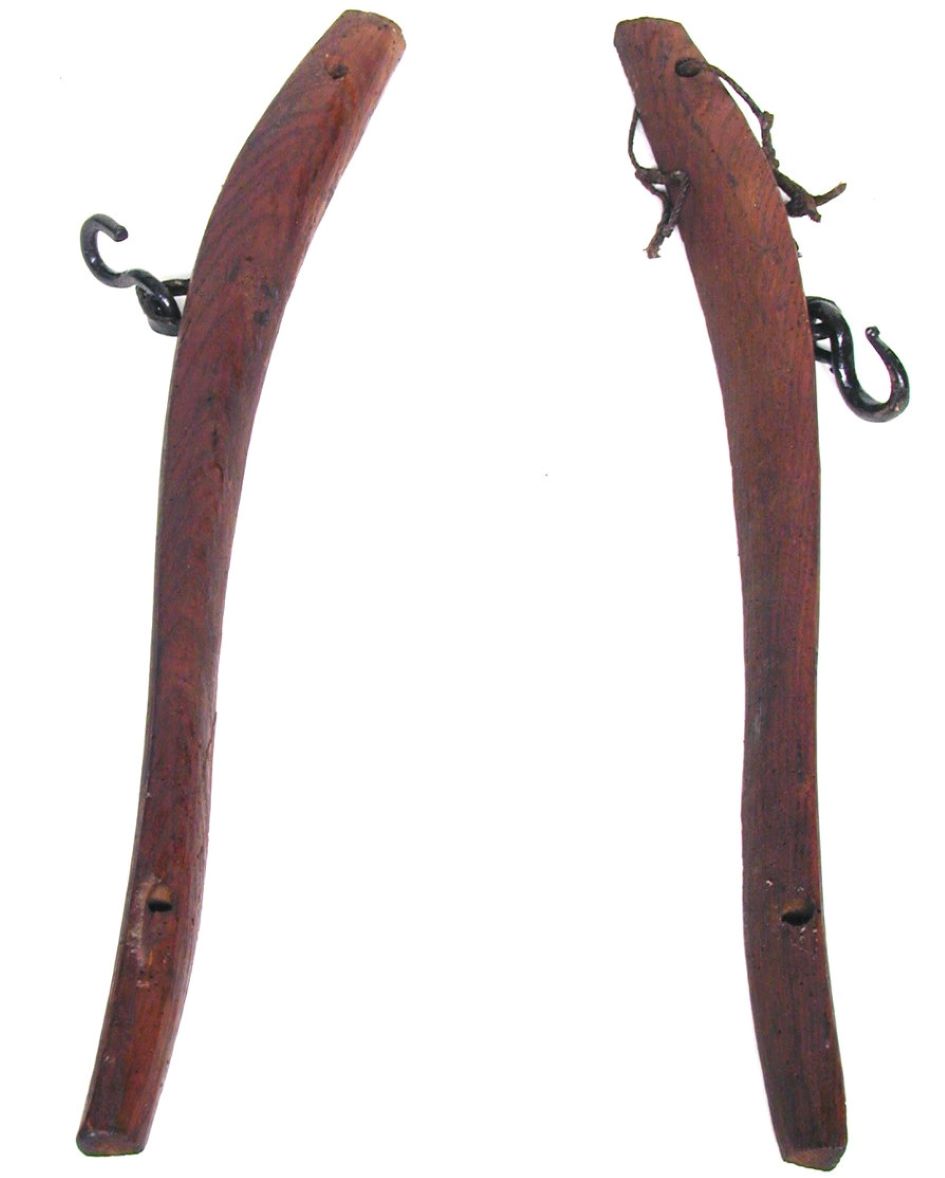
George
George, from the West Riding of Yorkshire, worked as a pony driver in 1922. This would involve hitching ponies to some form of horse drawn vehicle. For example, ‘pit ponies’ were used to haul coal through mines until the mid 20th century. This ‘hame’ would have formed part of a pony’s harness.
MERL 51/578/1-2
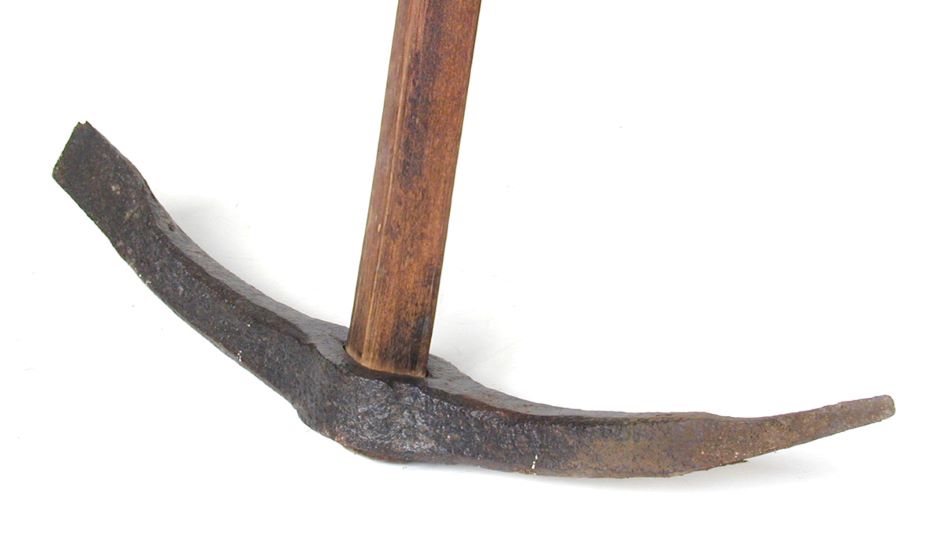
Richard
Richard lived in Morpeth in 1921. He worked as a miner at a time of great industrial action in protest against low wages. For example, one lorry carrying coal from a seam near Morpeth was overturned by angry miners – was Richard one? Local people ran to the scene with buckets to carry the coal away to their homes!
Though dynamite was commonplace in mining by the early 20th century, pickaxes were still widely used; particularly where underground natural gas risked an explosion.
MERL 53/44
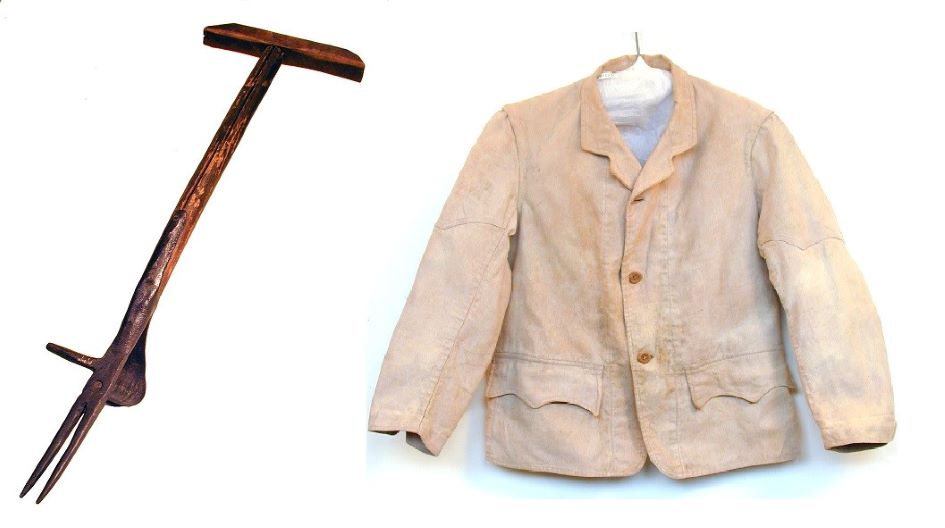
James and Joseph
James and Joseph were from rural Eccleshall. They worked together on a local farm. James drove a wagon, which would have transported crops and other useful commodities. He may have worn something similar to this waggoner’s jacket. Meanwhile, John was a general farm labourer, performing tasks such as ploughing, sowing and weeding – perhaps using a tool like this ‘dock lifter’.
The early 1920s were a volatile time for farm workers, as wages has been lowered after World War 1, leading to strikes and unionisation.
MERL 51/136 and 55/223
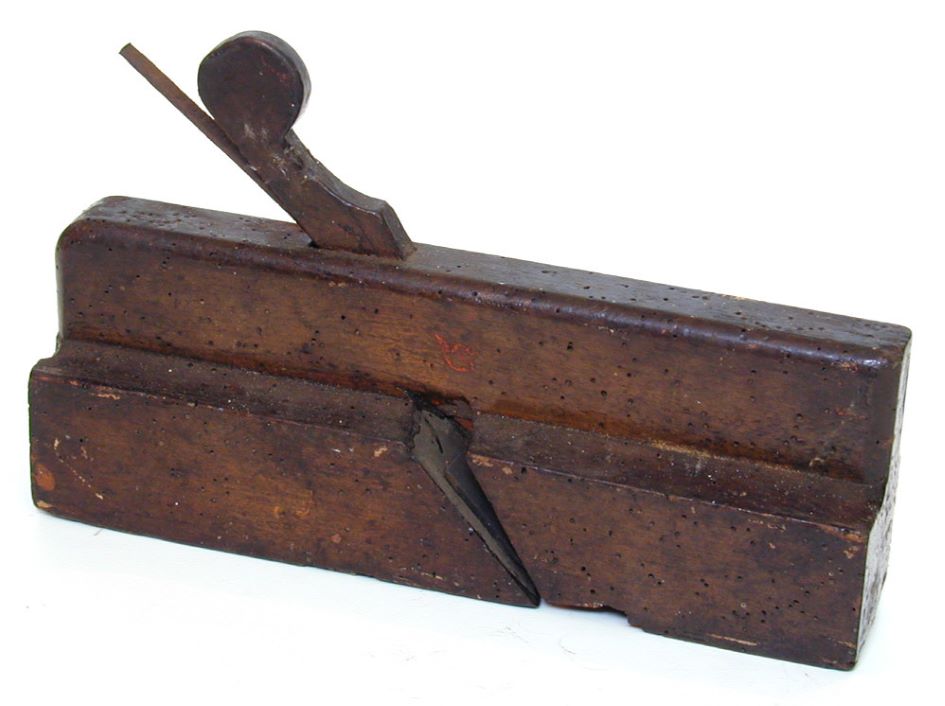
Edwin
Edwin practised the traditional rural craft of carpentry. Working in Leyton in 1909, he lived through a time when independent carpentry was in decline. Buildings were generally becoming larger, and so it is likely Edwin would have worked as a contractor who joined a team of construction workers. If he did make decorative woodwork, he may have used a moulding plane like this one.
MERL 51/36
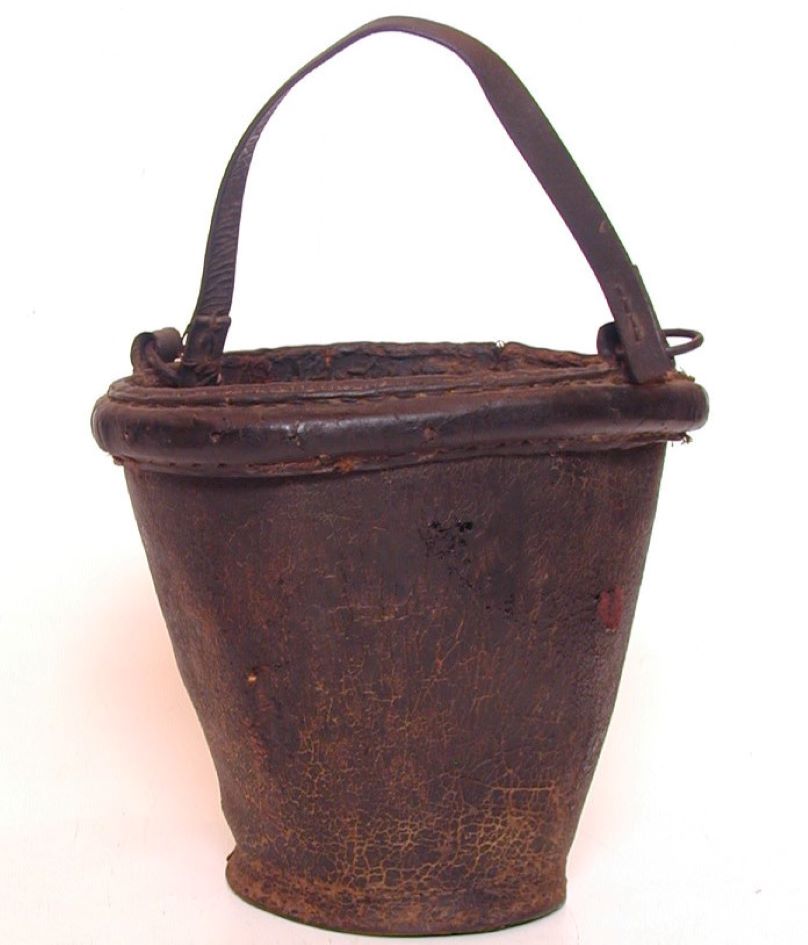
Ahmed
Ahmed lived in Penarth and was employed as a fireman in 1916. His fire bucket was an essential tool; though modern fire buckets are metal, his would have been made from leather. Even as early as 1916, Ahmed may have had access to a petrol powered fire engine, as fire services were quick to adopt these vehicles.
MERL 51/773
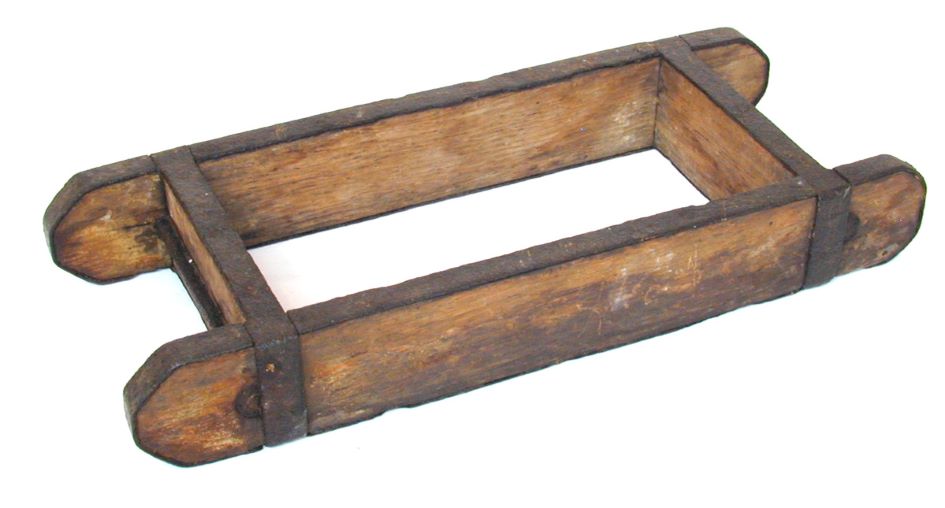
Leonard
Leonard, who was in a relationship with a labourer named Phillip, lived near Southampton in 1928. His occupation is listed as ‘Brick maker’, though we do not know if he was a hand craftsman or a supervisor overseeing mechanised production. The latter is more likely, as industrial-scale brick making was dominant by 1928, but if he crafted by hand he may have used a mould similar to this 19th century object.
MERL 53/539
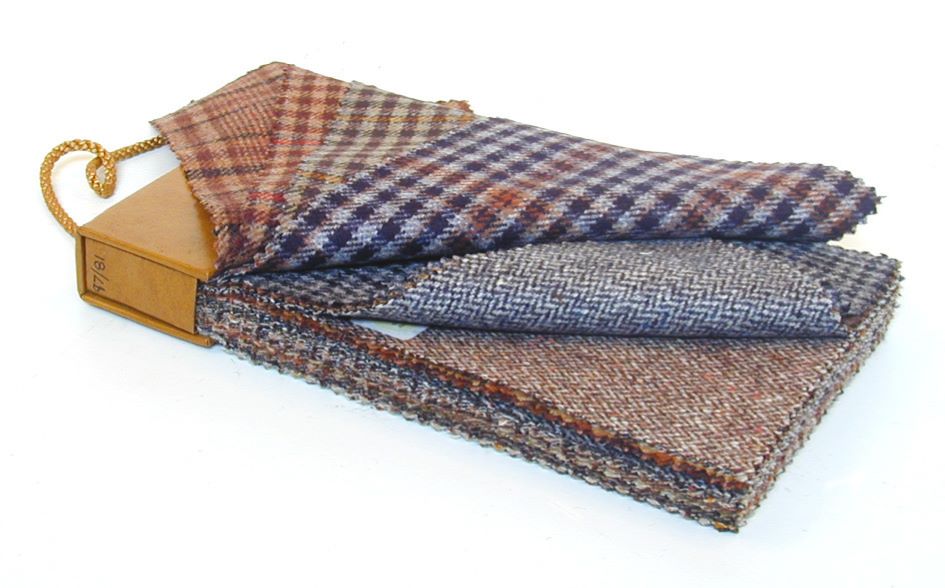
Frank and Thomas
Frank, from Heywood in Lancashire, was in a relationship with a man named Thomas in 1906. Little is known about Thomas, but Frank made a living through weaving. Though an ancient craft, increasingly advanced looms allowed weavers to create new, intricate patterns. The textile industry was quick to adopt new technologies during the industrial revolution, and so Frank likely used a power loom in his daily work. However, a demand for hand-woven, artisan material has remained to the modern day.
Although this tweed was produced by Crombie, it is an example of the products Frank may have created.
MERL 97/81
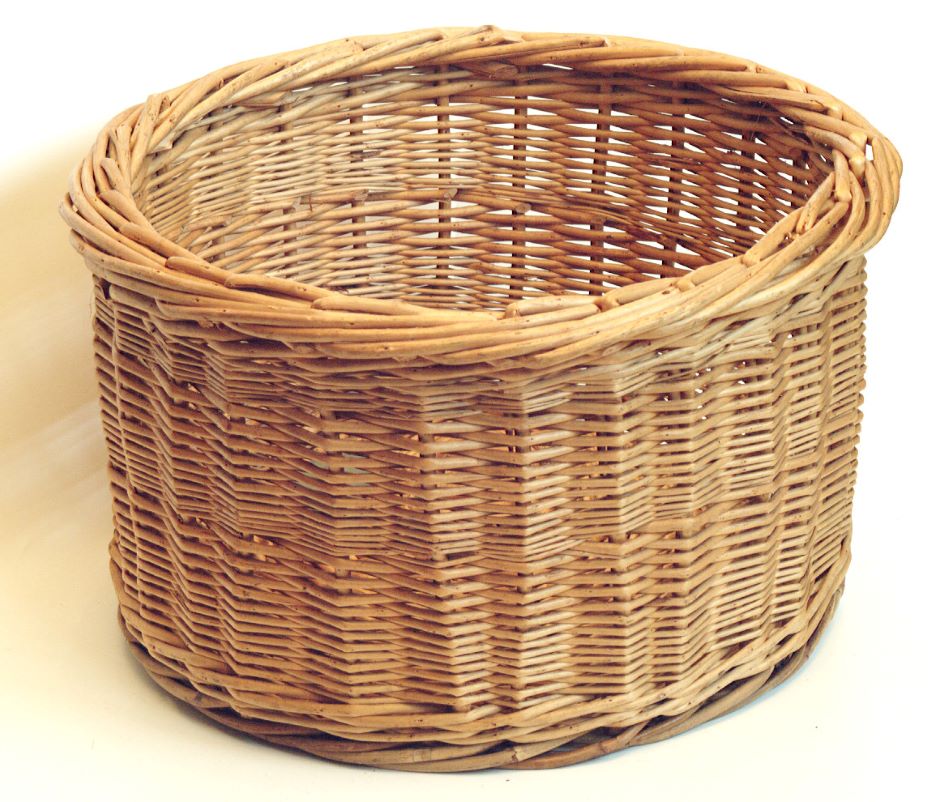
John
John was a market gardener who plied his trade in Liverpool in the 1870s. Market gardens are typically small enterprises which produce fresh fruit and vegetables to sell directly to consumers. In the 19th century, market gardens became increasingly rural as better transport links allowed them to quickly move their produce into cities for sale. This fruit basket demonstrates the type of equipment John may have used when selling his wares.
MERL 64/18
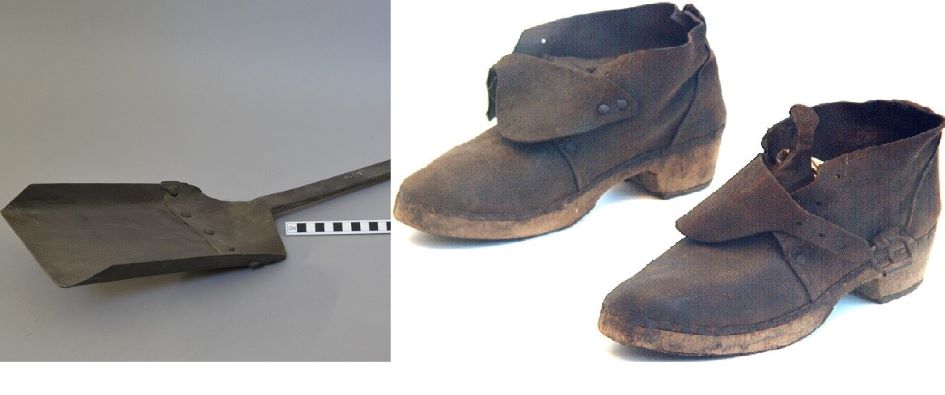
James and Mark
James and Mark were Royal Navy employees who lived and worked in Southampton in 1926. James was a stoker, responsible for manually fuelling ships with coal. He likely would have worn a set of these practical stoker’s clogs. Mark, on the other hand, was a coal trimmer; he would oversee the loading of coal onto the ship and deliver it to the stokers.
MERL 52/198 and 92/77

Herbert
Herbert, who was a leather dealer, lived in Salford in 1917. The uses for leather at this time were rapidly evolving, making it an exciting time to be involved in the industry. For example, automobile seats and comfortable leather shoes were in demand, meaning a softer leather was required. Tanning hooks were a key part of the process; up to six weeks on the hook were required to produce soft shoe leather.
MERL 53/569
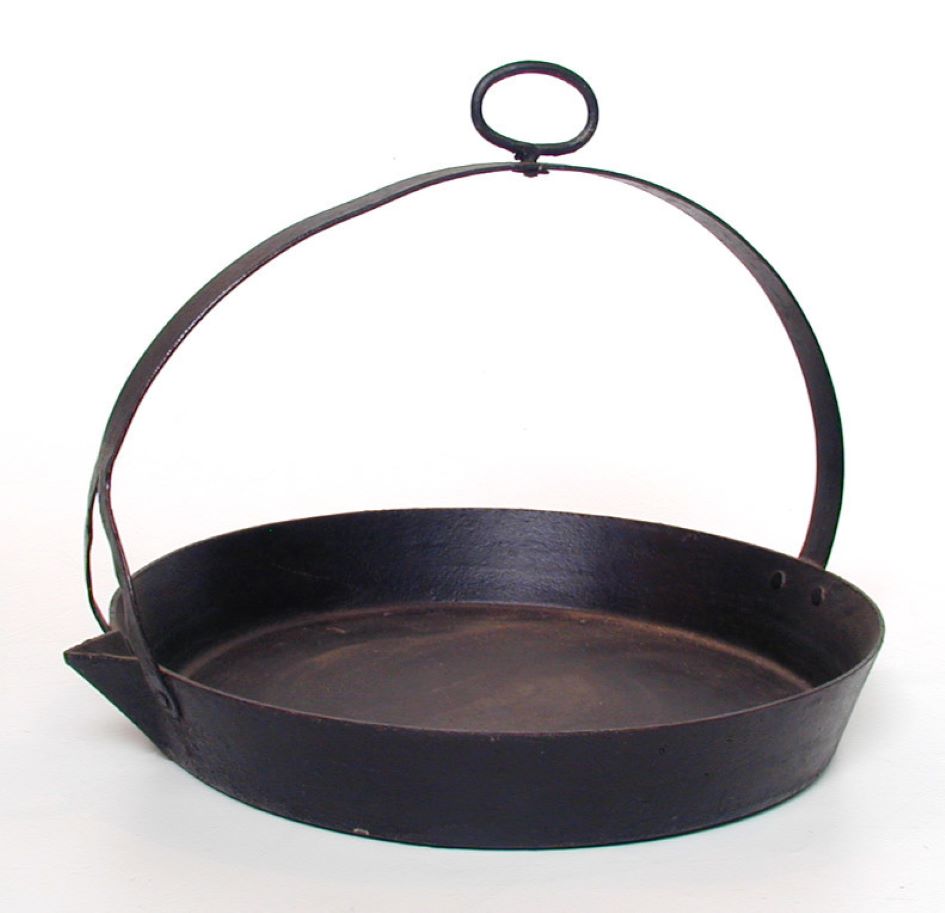
Henry
Henry was a cook who lived in Chipping Norton in the mid 18th century. It was widely believed he was in a relationship with a man from Oxford. Henry worked at the Talbot Inn. As well as cooking a variety of roasted meats and poultry, he would have likely doubled as a cleaner and scullion. Attentive stoking of the fire would have been an essential part of his job, as a difficult customer could appear at any moment to demand a quick, hot meal!
MERL 51/484
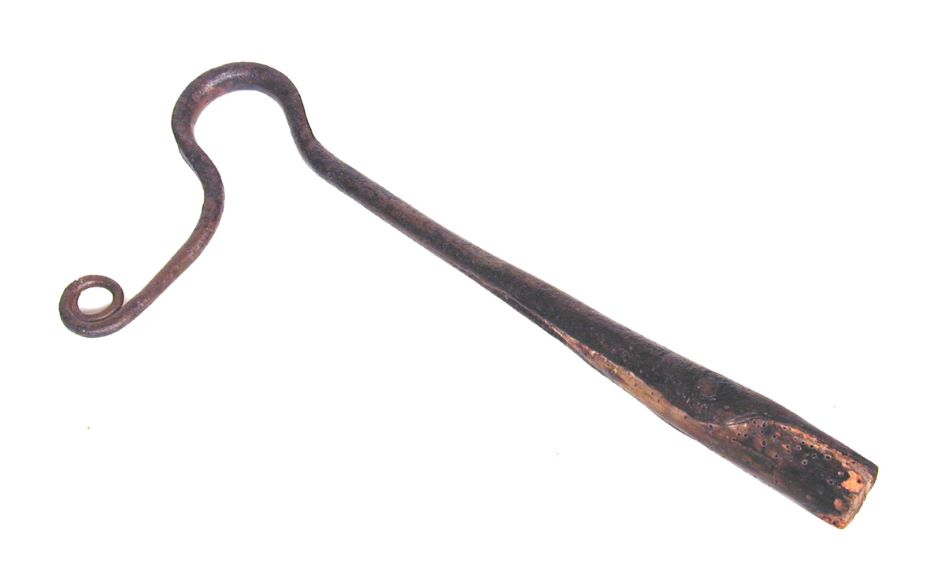
William
William worked as a shepherd in the Bristol area in 1761, though he was initially from Ireland. Rather than being the isolated nomads of previous years, 18th century shepherds were more likely to be organised employees who socialised in nearby villages. William would probably have used a crook like this to catch sheep by the leg, or lambs by the neck.
MERL 51/576
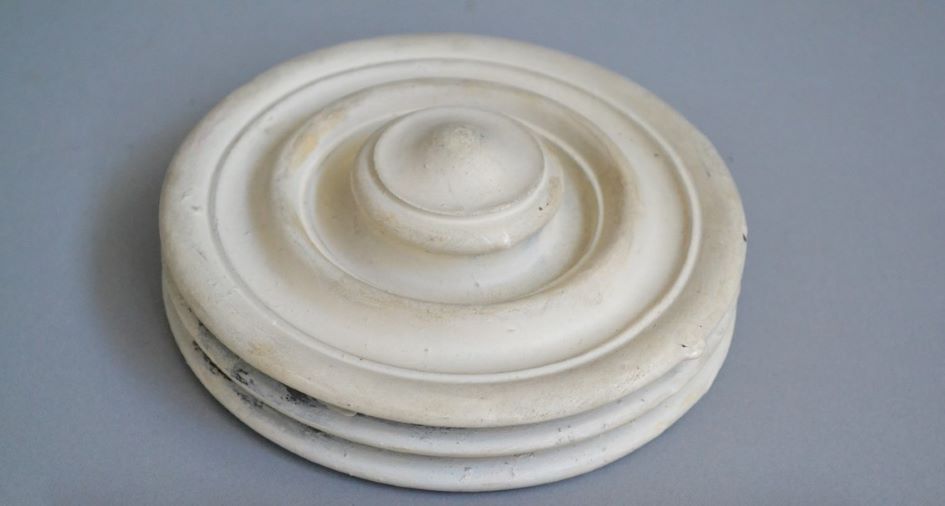
Francis and John
Francis, a reverend living in Ascot, was in a well-documented relationship with a car-man named John in 1900. A reverend’s role was similar to the modern day; they would oversee religious ceremonies and services. A car-man would often be privately employed to drive a wealthy family’s coach. John would have likely used a whip holder like this one.
MERL 2013/21

Arthur
In 1901, Arthur was working as an insurance agent in the Somerset village of Martock. National Insurance was not introduced until 1911, so it is likely Arthur was employed by a private agency providing property or life insurance. This plaque was hung by businesses to show they were insured against fire damage by the Royal Insurance Company.
MERL 53/74

Acknowledgements
Many thanks to the Broken Futures project, whose methodology inspired our own. They provided information on several of the men we have featured in this exhibition. Additionally, they created a separate exhibition on queer lives in Berkshire criminal archives.
We also owe thanks to Joe Jukes, a Brighton PhD student whose help in curating the artworks and writing labels for the physical exhibition was extremely valuable. Read more about Joe’s research here.
Image courtesy of Amy Hitchings